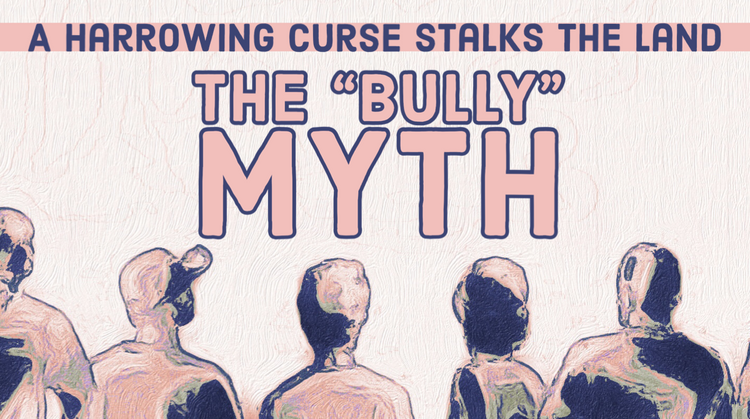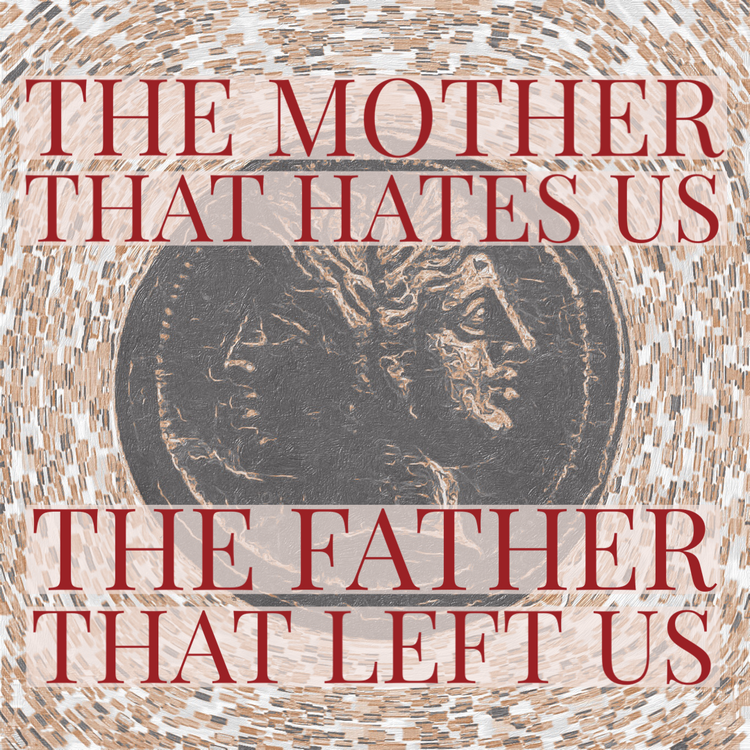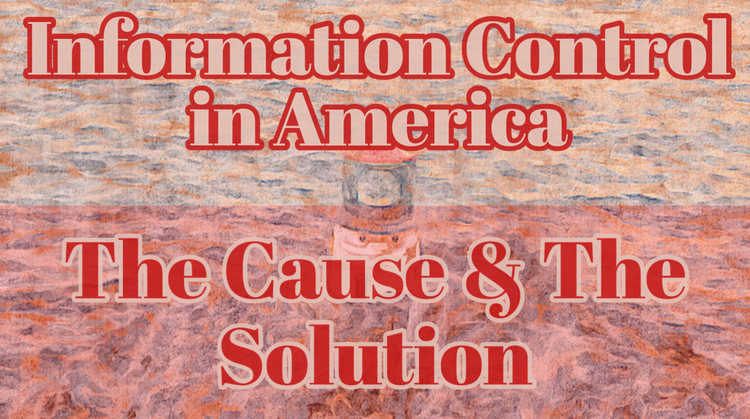A Tale of Suppressed Science: The Psychology of Trauma and Resilience

[27 June 2021 update]
A review of the literature on the psychology of trauma and resilience and public sentiment by the ARKA Journal – Advocate for Rights and Knowledge of Americans
History, Criticisms, and Early Evidence of the psychology of trauma and resilience
I found two prominent articles that reviewed the literature on the psychology of trauma and resilience. I compiled their sources and reviewed those that I could, and added reviews of my own from further research papers. The findings have been disturbing, not because the science is unintuitive, but because it is not mentioned of by prominent "mental health", sociology and psychology journals despite being incredibly robust in scope. The empirical evidence in support of the theory of resilience spans across multiple domains (variables) in individuals and has support across dozens of research projects that span over 4 decades. Yet, the world of mental health remains ignorant on the subject.
Bonano reviewed trauma and resilience research in 2004[1]. Among his comprehensive review it is obvious that prior to, and throughout the 80s, the effectiveness of therapies for trauma were not supported empirically. To my shock, there appeared to be a large category of individuals that either did not benefit from trauma counseling, or even regressed from it. The reasons are twofold: (1) some individuals are ego-resilient or resilient to harmful trajectories after trauma, and (2) most individuals do not succumb to illnesses such as post traumatic stress disorder. Much of this was summarized by several researchers[2] who compiled and reviewed research on resiliency and resilience in 2000.
Individual variations in response to adversity have been catalogued and studied since the 1970s, though the further back in time, the less cognizant researchers were that the resilient category existed. They viewed healthy, competent individuals that had faced adversity as exceptions to the rule. Even some schizophrenics were shown to exhibit resiliency[3], as well as children of schizophrenic parents[4]. The concept of resilience expanded to include socioeconomic disadvantages[5], parental mental illness[6], maltreatment[7], urban poverty and community violence[8], chronic illness[9], and catastrophic life events[10].
Eventually, research focused on protective forces that differentiated children with healthy adaptations from children who were comparatively less adjusted. There appeared to be several factors attributing to resilience: (1) personality traits of the children, (2) their families, and (3) their wider social environments[11]. At least two decades later, empirical research shifted away from the protective factors to protective processes; or from what things cause resilience to how those things develop[12]. It became obvious that positive adaption (resilience) involves a developmental progression. The dynamic nature of resilience works in both ways, such that vulnerabilities can emerge with changing life circumstances; and new strengths can develop as well[13]. While some people are naturally resilient, people may also be resilient due to how they were raised. It also seemed possible that even adults could become more resilient due to this dynamic nature.
Some criticisms focused on the inter-domain strangeness of resiliency, because it appears to be multidimensional. As an example, among children with histories of maltreatment, about 66% were academically resilient while only 21% manifested social competence[14]. The ultimate issue with this criticism is that the variability across adjustment domains are not observed across theoretically similar adjustment domains. After all, variable differentiation across domains is common[15] in most fields of science; if the variables are not tangably similar, variability is likely. This pre-1998 issue appears to be that researchers were working with too broad of categories, rather than working with more specialized variables (domains). The examples in the previous paragraph neatly highlight just how broad the metrics were at the time. As in other sciences, such as physics, when researchers are working on the thresholds of a new theory, their vague knowledge becomes honed to more precise theories, which reflects in both their definitions and their research methods.
Researchers began to study more specific metrics of resilience. Across an area of over 30 years, most resilient children maintained high functioning in everyday life; and for those that weren’t classified as resilient but still recovered, they possessed protective “buffers” such as a caring adult[16]. This would be an example of a process of resilience, rather than ego-resilience, where ego-resilience is an inherent quality a person does or does not have.
At least 20 independent studies have either deliberately or unwittingly confirmed further evidence of resilience, yet criticisms never waned. Bonano dispels many of those criticisms in 2004[1]:
“despite the near unanimity with which mental health professionals endorsed the grief work perspective, there was a surprising lack of empirical support for such a view[17]. What’s more, recent studies that have directly examined the legitimacy of the grief work approach have not only failed to support this approach but actually suggest that it may be harmful for many bereaved individuals to engage in such practices[18]. A more plausible alternative would be that grief work processes are appropriate for only a subset of bereaved individuals[19], most likely those actively struggling with the most severe levels of grief and distress[20].”
It also became apparent that not only were the more clinical methods of treatment failing due to large-scale ignorance, but methods intended to treat large groups were also experiencing ineffectiveness[1]:
“Critical incident stress debriefing was originally developed for relatively limited use as a brief group intervention to help mitigate psychological distress among emergency response personnel[21]. Over time, however, debriefing has been applied individually and broadly[22] and sometimes, as after the recent September 11th terrorist attacks on the World Trade Center[23], as a blanket intervention for virtually all exposed individuals. Critics of psychological debriefing argue, however, that such a broad application may pathologize normal reactions to adversity and thus may undermine natural resilience processes. Indeed, growing evidence shows that global applications of psychological debriefing are ineffective[24] and can impede natural recovery processes[25][26].”
Data has clearly shown the ineffectiveness of trauma therapy (referred to as “grief work” in papers focused on loss of loved ones) for all but those exhibiting recovering trajectories already, or chronic symptom trajectories.
An alarming 38% of the individuals receiving trauma therapies actually regressed relative to non-treated controls; whereas, clear benefits were associated only with the chronic trajectories[27]. It appears that people experiencing a normal bereavement are best left alone, but for that to occur, they need to be distinguished from other groups.
It was a common fallacy of many researchers in the '90s to group recovering individuals with resilient individuals, and failing to distinguish between the two[28][29]. The issue with this action is that resilient individuals could be categorized as recovered if they had experienced trauma and subsequent therapy, which would alter the true ratio of how many individuals recovered over individuals that were resilient. For these researchers, if a patient regressed, researchers would be left wondering why some benefitted and some didn’t from identical treatment. The research did indeed shift more toward theories of resilience, but some less-empirical practitioners refused to believe in the evidence. For instance, two authors from one of the most prominent "psychology" journals in the nation[30] denied the statistical and empirical significance of resilience and treatment ineffectiveness as recent as 2007. I could find no novel criticisms that were no already addressed by Bonano in 2005.
Decades ago, western society considered the genuinely traumatized to be malingerers. As is often the case with societal issues, the solutions overcompensated the issue – the pendulum swung too far to the other extreme. Now, many practitioners believe that all individuals that encounter trauma would benefit from treatment. How convenient for psychiatry firms interested in filling their wallets; and how suspicious of the select psychology and sociology journals that still uphold this untenable idea.
Further Evidence and Refinement of Resilience Theories
As a specific example of more recent failures of treatment, repressors (those less willing to share their traumatic experiences) showed better adjustment than other survivors from a sample of young women with documented histories of sexual abuse[31]. Again, it seems that the majority of people are resilient to some degree and follow naturally healthy trajectories after trauma. These are individuals believed to have some symptoms of stress, such as PTSD. Another critical question to ask is: what about the people that don’t even develop measurable levels of stress after trauma?
Only 5-10% of people develop PTSD after experiencing trauma in the US[32]. There does tend to be great variability across types and levels of exposure to stressor events, which corresponds to variability in PTSD rates. The rates are still lower than mainstream narratives claim however. Further examples for chronic PTSD proportions include:
- 6.6-9.9% for individuals exposed to events during the 1992 Los Angeles riots[33];
- 12.5% for Gulf War veterans[34];
- 16.5% for hospitalized survivors of vehicle accidents[35]; and
- 17.8% for physical assault victims[36].
Clearly, chronic PTSD is uncommon, but what about mild cases or individuals classified as resilient?
- The vast majority of cases (78.2%) exposed to the Los Angeles riots suffered from 3 or fewer PTSD symptoms[37].
- The motor vehicle accident cases that did not meet criteria for PTSD were 79% and averaged 3.3 PTSD symptoms[38].
- The Gulf War veterans had a 62.5% majority of no psychological distress when examined within 1 year of returning to the US[39].
- 40% of Manhattan residents did not report a single PTSD symptom in a post-9/11 survey[40].
- Some groups[41][42] have even conducted (admittedly limited sample sizes) research on positive emotions such as interests and love, and how such things can act as a buffer for individuals against the depression that trauma can cause.
In this last example, the study focused on positive emotions that were already prevalent in the subjects; it's important to note that treatment was not implemented, and was not the cause for healthy recovery trajectories.
Treatments, which include more informal approaches and critical stress debriefing are still ignorantly applied today. 57 articles total, and over 50 studies (many with independent empirical evidence and statistical findings of their own) can attest to these facts. Furthermore, any existing criticisms of the theory have been addressed. Even now, with a few cases of ill-defined definitions, the overarching theory of resilience holds true. Most people are resilient to trauma to varying degrees and naturally follow healthy recovery trajectories. A large portion of them become less healthy after being exposed to treatment, which includes informal group treatments. And lastly, there is no empirical evidence or statistical findings that victimhood has ever resulted in patients following desired recovery trajectories.
In spite of all the research and excellent work available to the fields of sociology, psychology, and mental health practitioners, the psychology of resilience and trauma is a suppressed branch of science.
I do not know why this is the case. There appears to be a national, and likely international, obsession over mental health, yet a large portion of the most well-known psychology journals do not speak about this research. The decades of empirical evidence that treatments are ineffective and often harmful is suppressed. The multi-domain resilience that the majority of people possess is suppressed knowledge.
These "psychology" and "mental health" journals have Facebook pages, Twitter accounts, Instagram, YouTube channels, and virtually all other forms of social media accounts. They appear to get preferential treatment by the algorithms of the tech platforms, yet they are not real science. I have found that the CVE community (notably the London-based Moonshot and Google's CVE division, Jigsaw) uses highly unscientific psychology, criminology, and sociology papers. I now have a handle to conveniently sift out many of the fake science.
Stay tuned for more updates from the ARKA Journal, the Advocate for Rights and Knowledge of Americans.
References
*A multiple-source citation
There are a total of 57 research papers that this review considers.
[1] George A. Bonano. “Loss, Trauma, and Human Resilience: Have We Underestimated the Human Capacity to Thrive After Extremely Aversive Events?” American Psychologist. January, 2004.
[2] Suniya S. Luthar, Dante Cicchetti, Bronwyn Becke The Construct of Resilience: A Critical Evaluation and Guidelines for Future Work. 2000 of May-June.
[3]* Garmezy, 1970. Zigler and Glick, 1986.
[4] Garmezy, 1974. Garmez
[5]* Garmezy, 1991 and 1995. Rutter, 1979. Werner And Smith, 1982, 1992.; 1992.
[6]* Masten & Coatsworth, 1995, 1998.
[7]* Beeghly & Cicchetti, 1994; Cicchetti & Rogosch, 1997; Cicchetti, Rogosch, Lynch, & Holt, 1993; Moran & Eckenrode, 1992.
[8]* Luthar, 1999; Richters & Martinez, 1993.
[9] Wells & Schwebel, 1987
[10] O’Dougherty-Wright, Masten, Northwood, & Hubbard, 1997.
[11]* Masten and Garmezy, 1885. Werner and Smith, 1982, 1992.
[12]* Cowen, 1997. Luthar 1999.
[13]* Masten and Garmezy, 1985. Werner and Smith 1982.
[14] Kaufman, 1994.
[15] Cicchetti and Toth, 1998a.
[16]* Werner, 1994, 1995.
[17] Wortman & Silver, 1989.
[18] Bonanno & Kaltman, 1999.
[19] Stroebe & Stroebe, 1991.
[20] Bonanno et al., 2001.
[21] Mitchell, 1983.
[22] Mitchell & Everly, 2000.
[23] Miller, 2002.
[24] Rose, Brewin, Andrews, & Kirk, 1999.
[25] Bisson, Jenkins, Alexander, & Bannister, 1997.
[26] Mayou, Ehlers, & Hobbs, 2000.
[27] Neimeyer, 2000.
[28] King, King, Foy, Keane, & Fairbank, 1999.
[29] McFarlane & Yehuda, 1996.
[30] Larson & Hoyt, 2007.
[31] Bonanno, Noll, Putnam, O’Neill, & Trickett, 2003.
[32] Ozer, 2003.
[33] Hanson, Kilpatrick, Freedy, & Saunders, 1995.
[34] Sutker, Davis, Uddo, & Ditta, 1995.
[35] Ehlers, Mayou, & Bryant, 1998.
[36] Resnick, Kilpatrick, Dansky, Saunders, & Best, 1993.
[37] Hanson et al., 1995.
[38] Bryant, Harvey, Guthrie, & Moulds, 2000.
[39] Sutker et al., 1995.
[40] Galea, Resnick, et al. 2002.
[41] Colak et al., 2003.
[42] Fredrickson, Tugade, Waugh, & Larkin, 2003.
Cover Image from NatBasil

![A Religion Called "Psychology" & the Bully Myth [Part II]](/content/images/size/w750/2022/10/bully2.PNG)




Member discussion